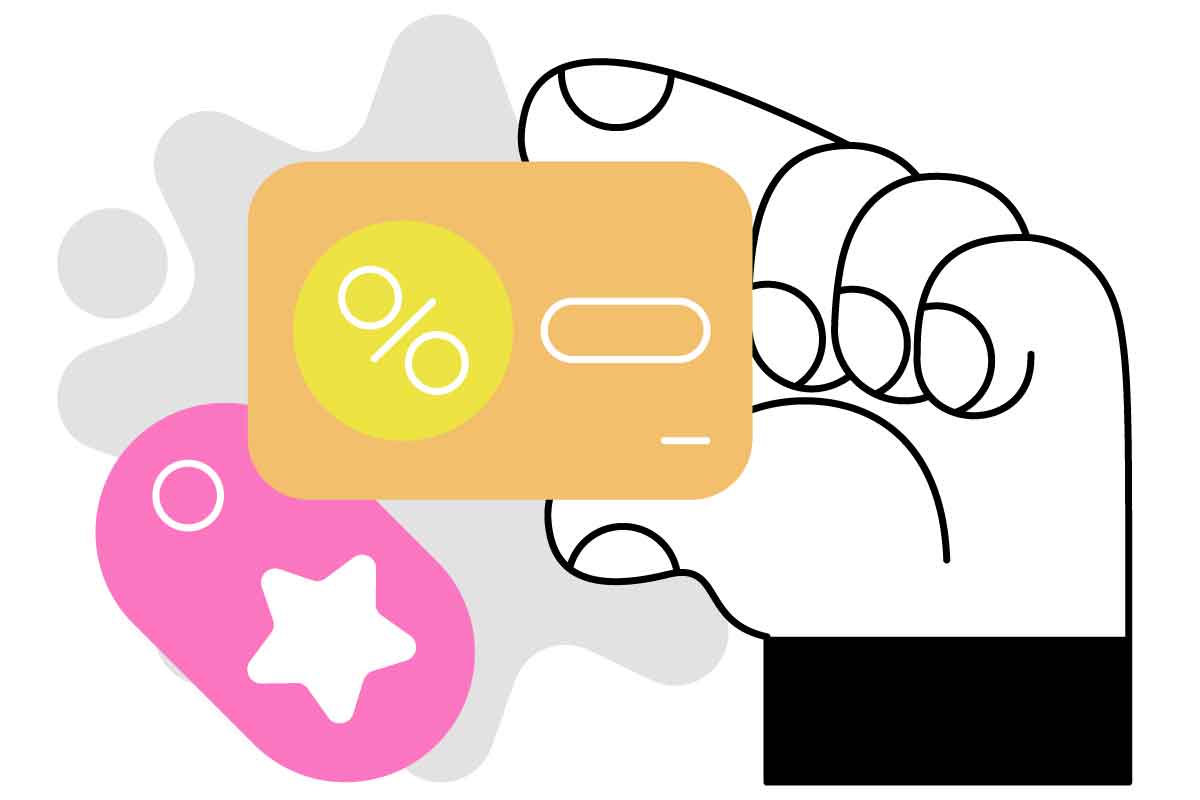For small and medium-sized businesses (SMEs), managing cash flow can be a challenging task. Late payments from customers can lead to cash flow gaps, which can affect the ability to pay suppliers or employees on time. Two popular financing options for SMEs are invoice factoring and invoice financing. While both options provide access to cash, there are differences between the two. In this article, we will explore the differences between factoring and financing, as well as the pros and cons of each option.
Invoice factoring
Invoice factoring is a financing option that involves selling your outstanding invoices to a third-party company, known as a factor. In exchange, the factor will advance you a percentage of the invoice value, typically 80-90%, and will collect payment from your customers directly. Once payment has been received, the factor will deduct their fees and any other charges before returning the remaining balance to you.
Featured pro tools
Explore business banking
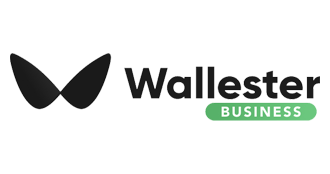 |
Wallester Business ✓ Virtual & Physical Cards ✓ No Setup Fees ✓ No Monthly Fees Pricing Trial period Contact |
|
 |
Revolut Business ✓ Business Current Account ✓ Award-Winning Mobile App ✓ Quick & Easy Application Process Pricing Trial period Contact |
|
 |
Tide Business Bank Accounts ✓ Free, Plus, or Pro Account ✓ iOS & Android Mobile App ✓ Upload & Auto-Match Receipts Pricing Trial period Contact |
|
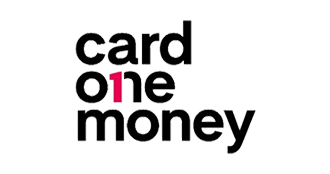 |
Card One Money ✓ No Credit Checks ✓ Simple Fees ✓ Up to 3.5% Cashback Pricing Trial period Contact |
|
 |
ANNA Money ✓ Apply in 10 minutes ✓ Bookkeeping & Payroll Tools ✓ User-Friendly Mobile App Pricing Trial period Contact |
|
 |
Co-Op Business Banking ✓ Business Current Account ✓ Online, App & High Street Banking ✓ Quick & Easy Application Process Pricing Trial period Contact |
|
 |
HSBC Business Banking ✓ Business Current Account ✓ In-Branch, Online & App Banking ✓ FSCS Protected Pricing Trial period Contact |
|
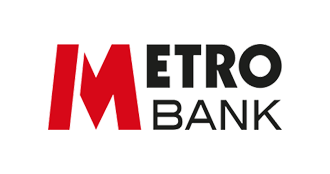 |
Metro Business Banking ✓ Business Current Account ✓ High Street Presence ✓ FSCS Protected Pricing Trial period Contact |
|
 |
Mettle Business Banking ✓ Business Bank Account ✓ Online & App ✓ Quick & Easy Application Process Pricing Trial period Contact |
|
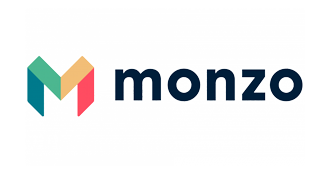 |
Monzo Business Banking ✓ Business Current Account ✓ Dedicated mobile app experience ✓ FSCS Protected Pricing Trial period Contact |
|
 |
Virgin Money ✓ Business M Account ✓ In-Store, Online & App Banking ✓ Insights & Forecasting Platform Pricing Trial period Contact |
Pros:
- Improved cash flow: Invoice factoring provides immediate cash flow, which can help businesses to pay suppliers or employees on time.
- No need for collateral: Invoice factoring does not require any collateral, as the factor is buying your invoices, not lending you money.
- Outsourcing collections: Factoring companies have expertise in collections and will handle the process of collecting payments from customers, which can save businesses time and resources.
Cons:
- Cost: Invoice factoring can be expensive, with fees ranging from 1-5% of the invoice value, depending on the creditworthiness of your customers.
- Loss of control: When you sell your invoices to a factoring company, they take over the responsibility for collecting payment from your customers, which means you lose control of the collection process.
- Potential damage to customer relationships: Some customers may view invoice factoring as a negative and may prefer to deal directly with the business they are purchasing from, which can damage relationships.
Invoice financing
Invoice financing, on the other hand, is a financing option that involves borrowing money against your outstanding invoices. Rather than selling your invoices to a third-party, the lender will use your invoices as collateral for the loan.
Pros:
- Improved cash flow: Like invoice factoring, invoice financing provides immediate cash flow, which can help businesses to pay suppliers or employees on time.
- Retain control: Unlike invoice factoring, with invoice financing, you retain control of the collection process, which means you can maintain relationships with your customers.
- Lower costs: Invoice financing tends to be less expensive than invoice factoring, with fees ranging from 0.5-2% of the invoice value.
Cons:
- Collateral: Invoice financing requires collateral in the form of your outstanding invoices, which means you may not be able to access the full amount of the invoice value.
- Creditworthiness: Your creditworthiness may impact your ability to access invoice financing, as lenders will consider your credit history when assessing your application.
- Complexity: Invoice financing can be a more complex option than invoice factoring, as it involves borrowing money and managing repayments.
Conclusion – invoice factoring vs invoice financing
Both factoring and financing provide access to cash flow, which can help SMEs to manage their finances.
Invoice factoring can be a good option for businesses that want to outsource the collections process, while invoice financing may be a better option for those who want to maintain control of the collection process.
However, it’s important to consider the costs and potential impact on customer relationships when choosing a financing option. Ultimately, the best option will depend on the unique needs and circumstances of your business.

